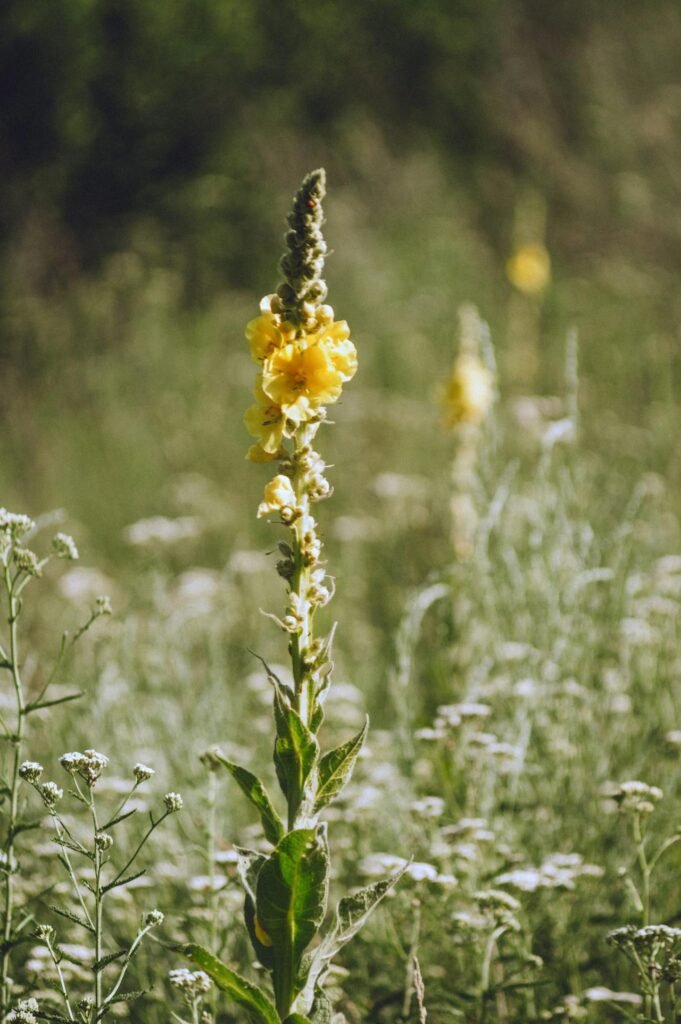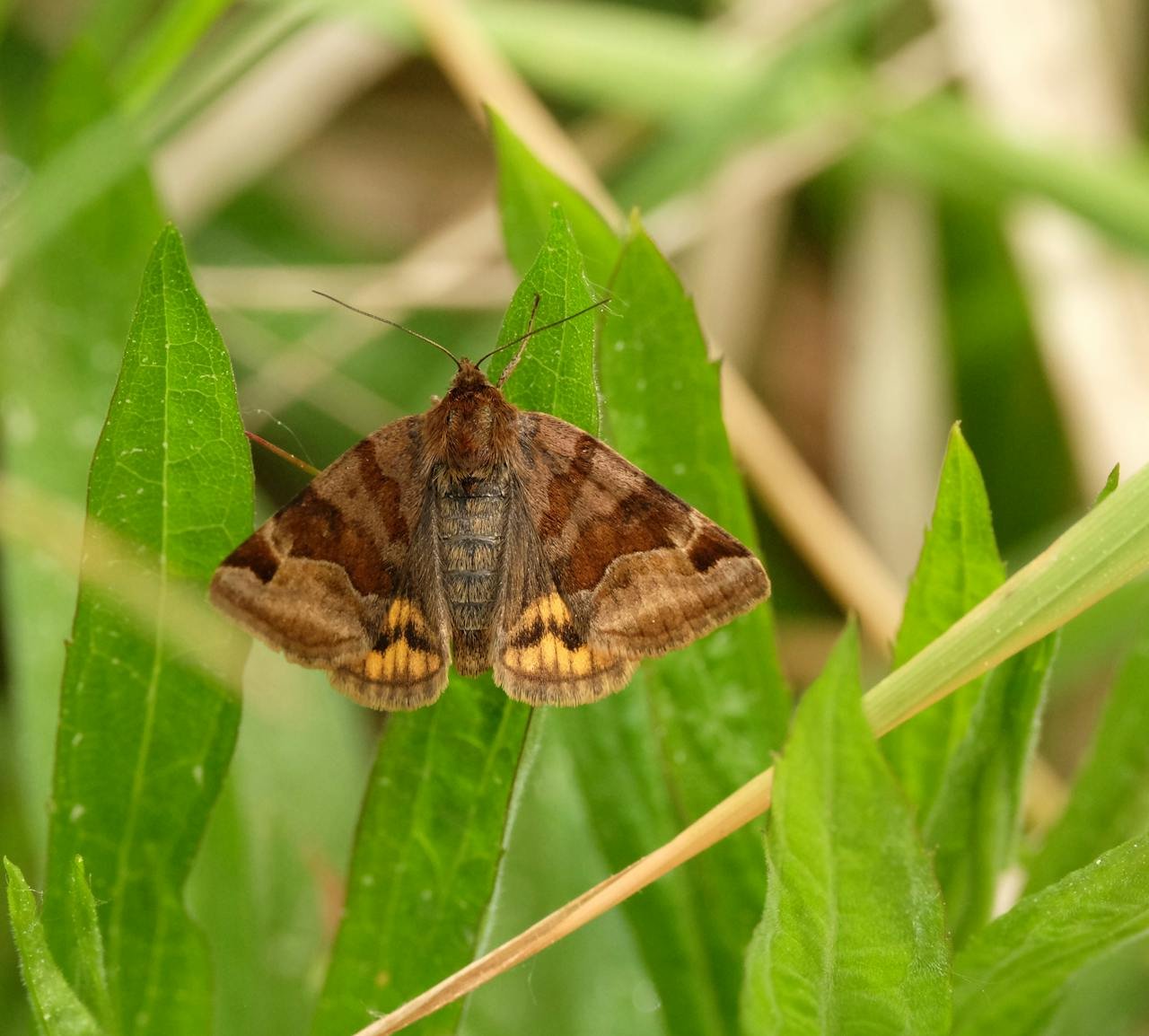For decades, the Norfolk snout moth (Nothris verbascella) was thought to have disappeared from Britain. Now, after more than 50 years, this small, beige insect has been rediscovered, breathing new life into conservation efforts.
A Rare and Elusive Species
The Norfolk snout was first found in Britain in the year 1853. This little Neville Moth only measures twenty millimeters in wingspan and has a distinctive snout that made it a collector’s dream. Nevertheless, by the late 1960, its population decreased possibly because of bad weather and overcollection. No breeding population remained in Britain by 1971 and the last site occupied by the species was a working quarry in north-west Norfolk.
Rediscovered After 50 Years
Norfolk snout has been found once again in a most bizarre manner. The moth was recently captured alive in a moth-controlling trap at the garden of Dave and Pauline Jones of Stoke Holy Cross which is near Norwich and the couple love nature. When they contacted the specialists they sought help from, the couple got to know that the moth they encountered was a very rare one. It has not been sighted since the recorded times more than half a century ago and its discovery is therefore greatly welcomed.
Hoary Mullein: The Key to Survival

The larvae of the Norfolk snout feed exclusively on hoary mullein, a tall, yellow-flowered plant. Although nationally scarce, this plant grows relatively commonly south of Norwich, where the moth was rediscovered. Experts believe that the availability of this food source may have enabled the moth to survive in small, hidden populations for decades.
European Recolonization or Hidden Populations?
Nonetheless, several questions have still been raised over the moth’s recolonization of the region, be it from mainland Europe or; that it existed in small, cryptic populations without people’s knowledge. As to the second question James Lowen, moth expert and the author of Much Ado about Mothing, suggests that the latter is more likely. According to Lowen, the moth goes undetected because it is colored brown as well as, it tends to spend most of its time around its food plant, hoary mullein.
A Ray of Hope for Conservation
The reappearance of a species once thought extinct is rare and gives hope to conservationists. “When things are going extinct everywhere, and you find something that isn’t going extinct after all, it’s great,” says Lowen. “It gives a bit of hope for the future that this little thing has clung on, and we weren’t clever enough to find it until now.”
The extinct whale reappeared again??? Click here to learn more




